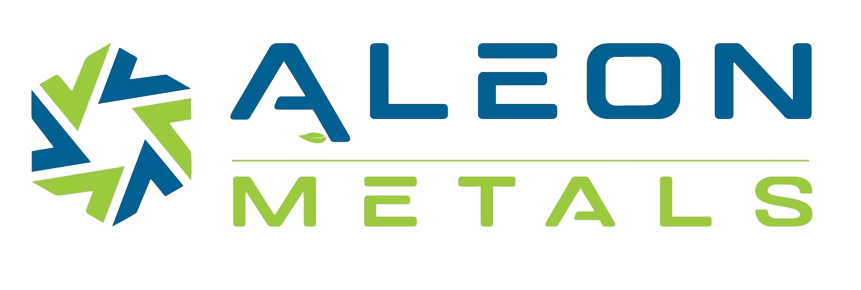Sustainable metals for infrastructure and electromobility
Vanadium is considered a strategic metal critical to the nation’s defense and growing infrastructure because of its necessity in steel production, and in energy storage applications such as vanadium redox flow batteries (VRFBs).
The key demand driver is as an additive in steelmaking. The natural organic growth in steel production coupled with the vital role of vanadium in the transition to lighter weight and higher strength steels has placed significant demand pressure on ferrovanadium manufacturers. The addition of just 0.2% vanadium to steel can potentially increase its strength up to 100% and reduces weight in relevant applications by up to 30%. Outside of steel, vanadium plays a critical role in strengthening rebar where there is increasing vanadium intensity due to changes in building standards, particularly in areas prone to earthquakes.
Grid scale battery usage is the next growth area for vanadium. The key driver is the adoption of VRFB’s that have the capacity for multi-megawatt scale storage – this makes them useful for grid scale applications, including grid balancing, and storing energy from variable output sources, including wind turbines and solar cells. The batteries are inherently simple in design and rely on the changing redox state of the vanadium electrolyte to store and then supply power.

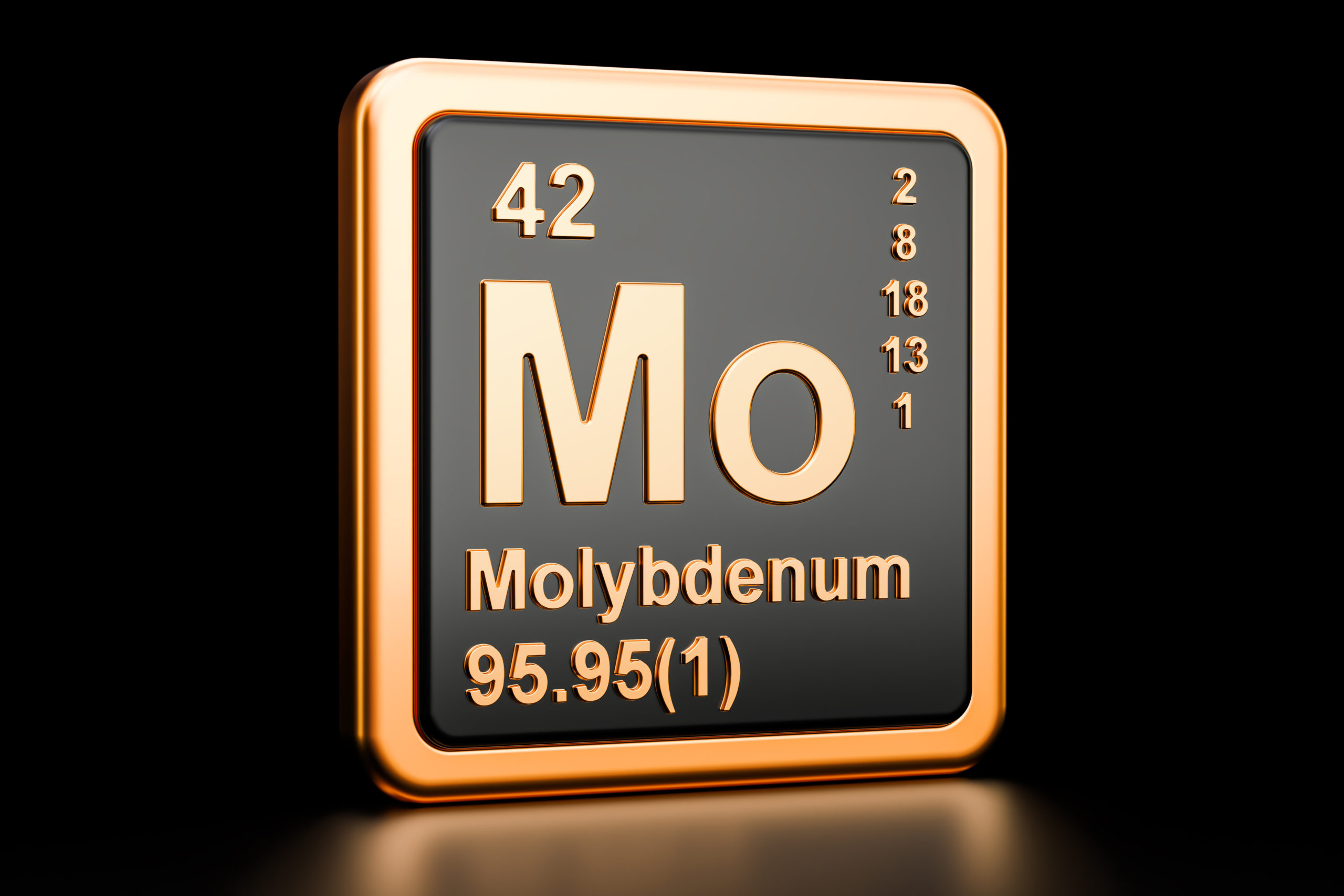
Molybdenum is consumed in a wide range of metallurgical applications, from chemical, low-alloy steels and cast irons through to stainless steels, tool steels and super alloys. Our high purity and solubility Molybdenum is widely used for Molybdenum based catalyst. An important component in the process of refining fossil fuels and the reduction of sulfur emissions.
Our recycling process creates a closed loop for Molybdenum. As Molybdenum based catalyst become spent, our patented recycling process reclaims this valuable metal and supplies it back to the fresh catalyst manufacturing process; eventually it is used in the refining process and back to us. This closed loop cycle supports a sustainable environment and reduces emission created by traditional Molybdenum mining and provides economic benefit to its users.
Nickel is primarily used in the steelmaking industry and plating applications. Approximately 78% of global demand comes from stainless steel and alloys while plating comprises 8%. The use of nickel in lithium-ion batteries continues to increase and this demand growth is driven by electric vehicles, as well as consumer electronics, and energy storage solutions. Marketable forms of nickel include sulfate, hydroxide, and carbonate. The major end uses of nickel sulfate are electroplating, electroless plating, and battery cathodes. With the growing demands for lithium-ion batteries, the concomitant demand for nickel sulfate is projected to grow significantly as the electric vehicle market expands across North America.
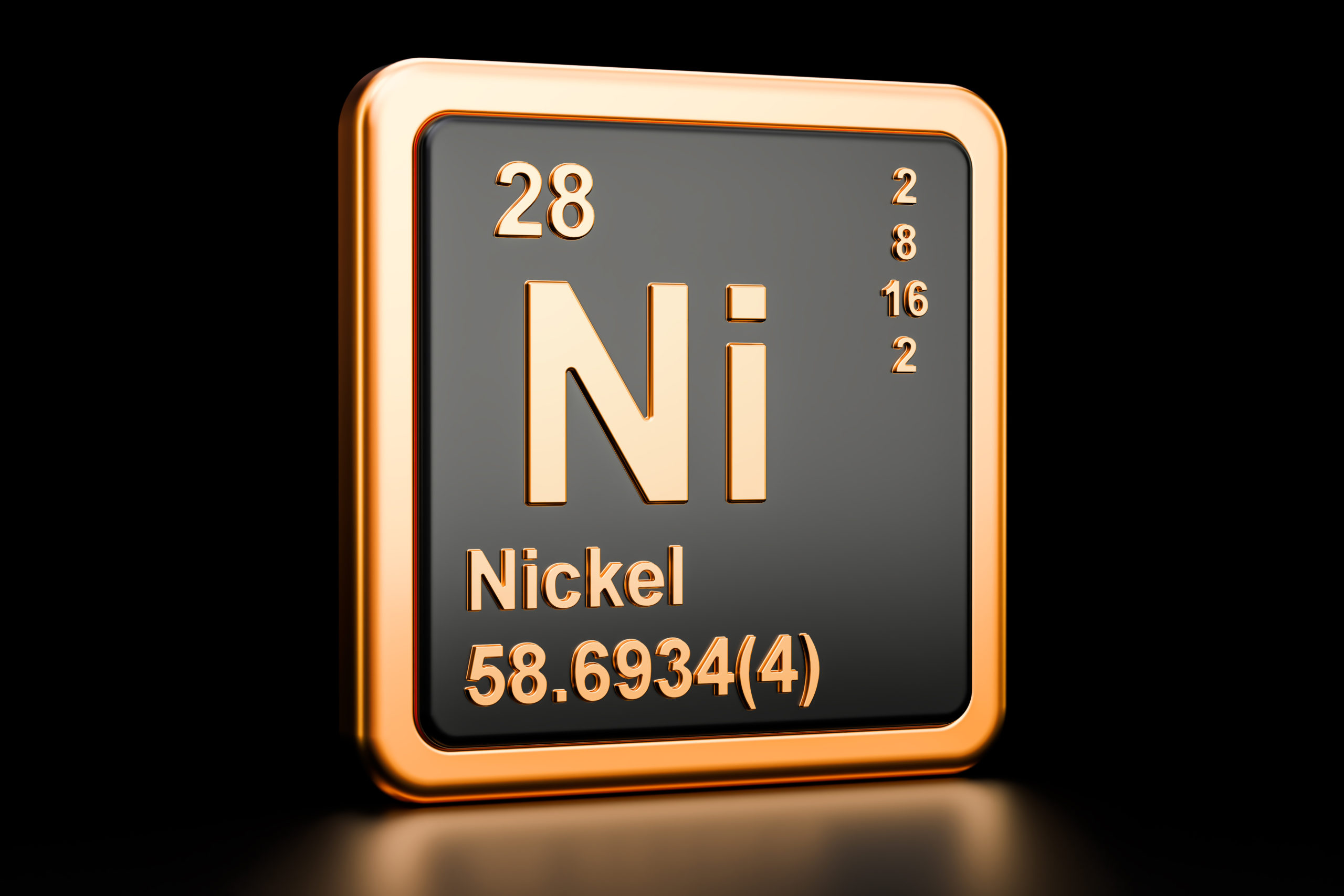
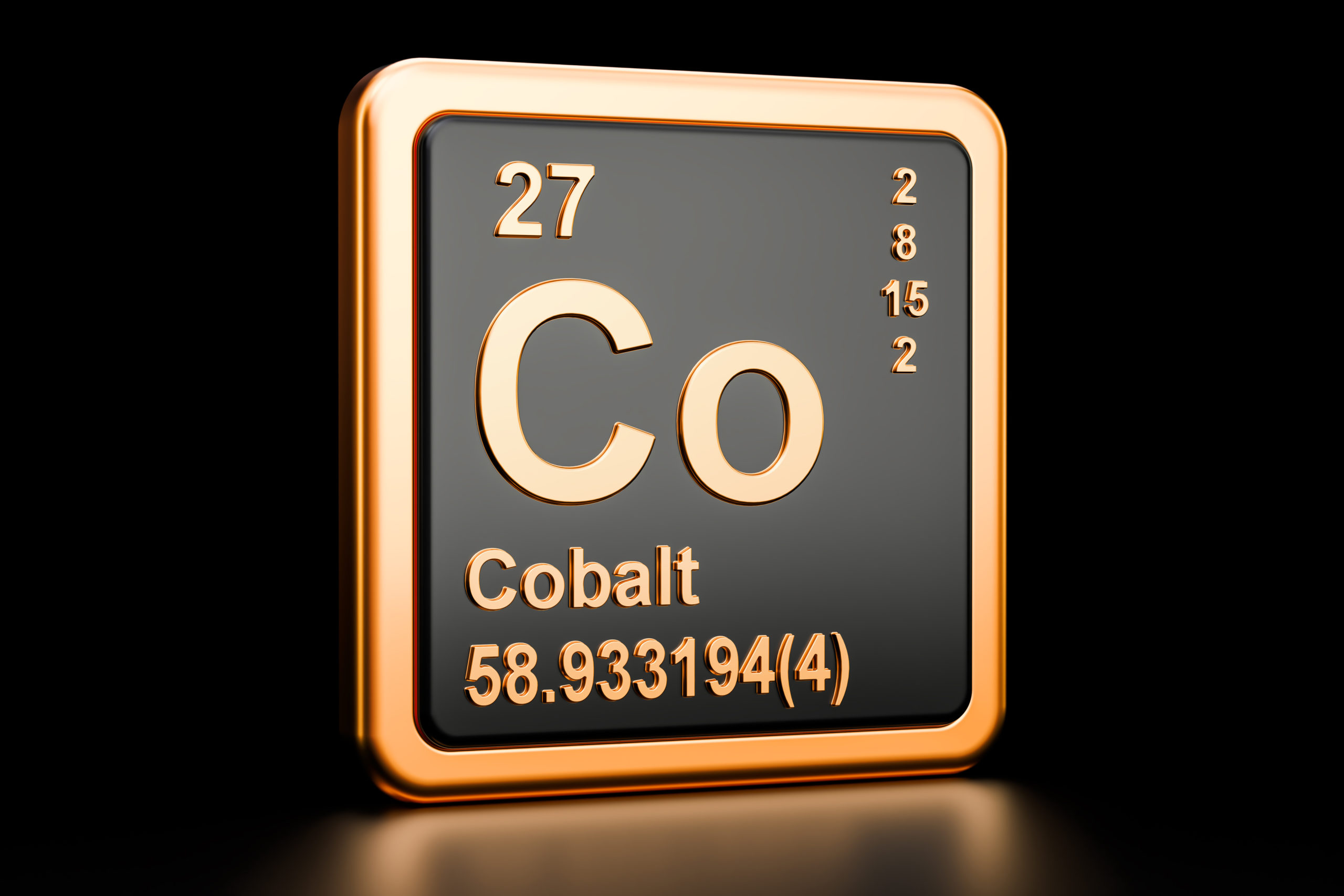
Cobalt is an important raw material in the production of battery materials (nickel-cadmium batteries and lithium-ion batteries), superalloys, high-temperature alloys, cutting tools, magnetic materials, and petrochemical catalysts. There are a numerous marketable forms of cobalt, including cobalt sulfate, cobalt chloride, cobalt oxalate, cobalt carbonate, and cobalt monoxide. The most significant driver of cobalt demand remains lithium-ion batteries thus ARM plans to manufacture cobalt sulfate from the cathodes contained in end-of-life lithium-ion batteries.
Consumer electronics, Electric Vehicles and Energy Storage Systems are the dominant uses for lithium-ion batteries. Over half of the world’s cobalt is mined in geopolitically unstable countries in Africa thus causing volatility in the battery market. The presence of ARM in North America will help to strengthen the cobalt sulfate supply chain to support the domestic production of lithium-ion batteries.
Lithium is primarily produced from brine or spodumene within hard rock deposits. The salient end-use markets for lithium are batteries (74%) and ceramics and glass (14%) with smaller percentages distributed across various other applications to make up the balance. The global energy transition to low-carbon technologies for transportation and energy storage is heavily dependent on lithium. The lithium-ion battery contains around 7-10% lithium regardless of the overall battery chemistry.
Lithium demand is expected to follow the same growth rates as batteries. Battery manufacturers will source lithium in one of two forms, lithium carbonate or lithium hydroxide. The market premium for lithium hydroxide is due to higher energy density in more nickel-based batteries, which are expected to become more prevalent. The production of lithium hydroxide is more technically challenging than production of carbonate thus more costly.
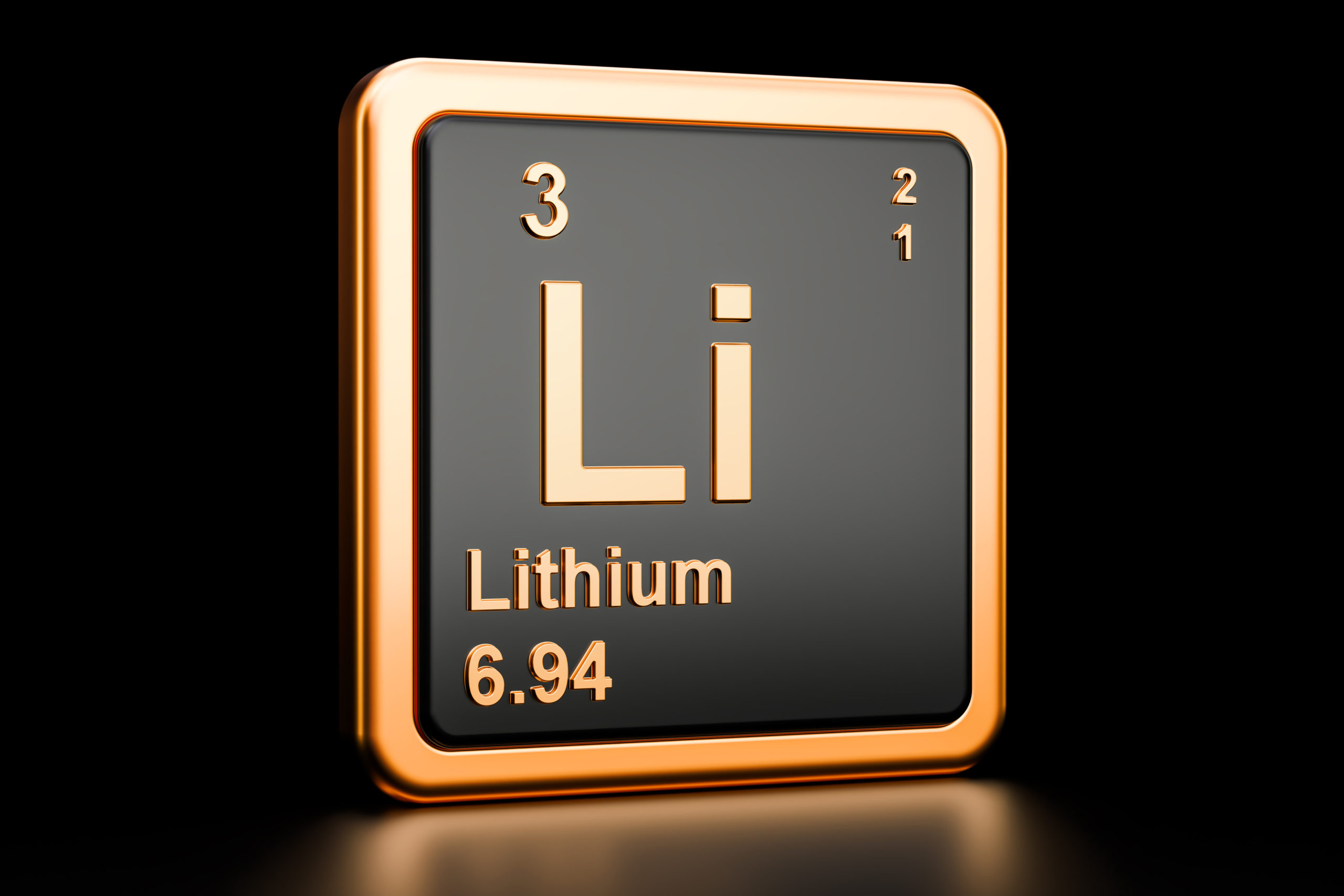

Manganese is the fourth most used metal on earth in terms of tonnage, behind iron, aluminum, and copper. It has numerous applications, including steelmaking, portable batteries, and aluminum beverage cans. In each case manganese plays a vital role in improving the properties of the alloys and compounds involved in each specific application. The primary end use of manganese is steelmaking, constituting approximately 86% of the global demand, due to the capability to increase the tensile strength of steel.
The most important growth market for manganese is batteries. The development of clean energy applications is seen as a significant driver for future manganese consumption. Major producers of manganese ore can be found in South Africa, Australia, Gabon, China, Brazil, and Ghana. ARM is seeking to become a high purity manganese sulfate monohydrate supplier to the domestic lithium-ion battery industry.
ARM plans to produce pCAM (precursor Cathode Active Materials) and CAM (Cathode Active Materials) from the battery grade materials recycled from the black mass. The pCAM circuit produces a value-added product specifically targeted at nickel-cobalt-manganese battery manufacturers. With the capability to manufacture battery grade lithium (hydroxide and carbonate), ARM plans to supply CAM to market. The CAM, which constitutes the cathode in lithium-ion batteries, will go into battery storage applications such as electric vehicles, energy storage systems, and consumer electronics. The nickel, cobalt, manganese, and lithium contained in the CAM will be prepared to meet quality specifications required by battery manufacturers.

Gladieux Metals Recycling (GMR) | Aleon Renewable Metals (ARM) | 302 Midway Road, Freeport, Texas
